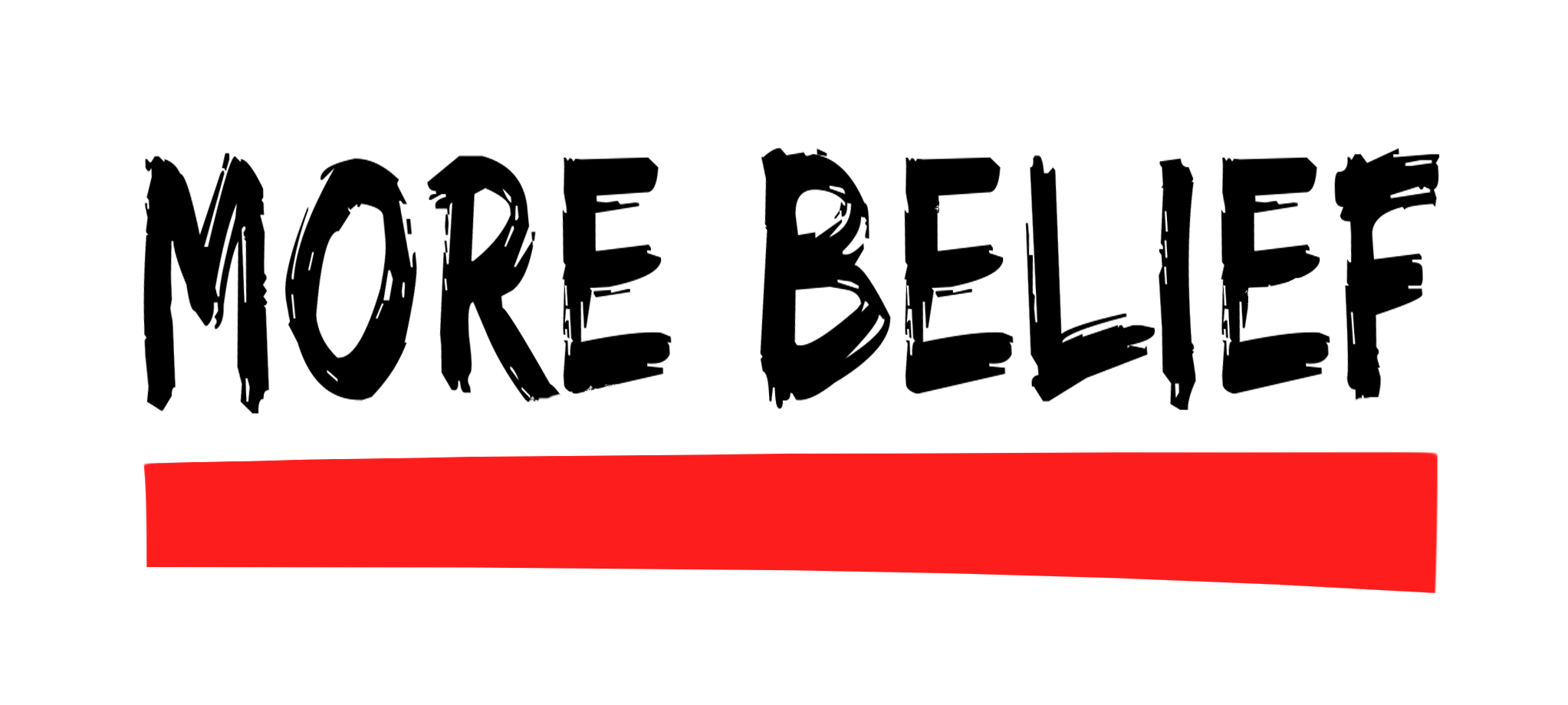Why Caricatures Look More Like me than I Do
Why Caricatures Look More Like me than I Do
“I don’t paint things. I only paint the difference between things.” Henri Matisse
When I would draw as a kid, the picture never lived up to my imagination. Optimus Prime’s arms would look weird, or the colors would be bland, or the lines would just be too damn SQUIGGLY. But that never kept me from drawing until my little fingers were sore. I could still look at the pictures I had made, and enjoy this version of something I loved. Even if it looked like Sherlock Homles was blowing bubbles instead of smoke out of his calabash. Something about it was just exciting.
It wasn’t until much later that I realized that drawing wasn’t just about making Optimus Prime look like Optimus Prime. It is about that too, of course. But there was some magic in the look of a drawing that had passed through the fun-house-mirror of the mind, composed of the familiar but replete with imperfections, twisted and unique, and always so SQUIGGLY. Or even an idea that began in the mind, reflecting nothing that existed yet, but coming to life through the bones of the hand and the wet ink, becoming some wonky code of imagination. That always felt special. And fresh.
So what is it about the reproduction that’s so juicy? We humans do seem to appreciate the process of artistic creation, and the honing of skill and precision that can make it really rich or lifelike. but maybe we’re also wired to see it in some special way. Maybe our brains are uniquely receptive to representations of things, symbols that strip away reality but are still composed of some fundamental essence.
It turns out, we are built to enjoy this type of difference. For instance, the neurons that fire in our brain when recognizing faces actually fire faster and more frequently in response to variations in facial features, than they do for real life facial compositions![1] It’s why we sometimes find caricatures to be more expressive than actual photos of the people they’re depicting, or why simplistic drawings of real objects can feel somehow more exact, or true. Our brains want to find those deviations, constantly searching for patterns and information. Because that’s what change really is when it comes down to it: data.
So maybe when Matisse is painting an impressionist sunset, or Kubrick is lighting Barry Linden, or I’m sketching pictures of Optimus Prime on Saturday afternoon under the kitchen table in my underwear (I was 6), there is some common creative ancestor guiding us all. Our shared penchant for variation.
We’re cooking up ways to prime ourselves for input, to watch the things we know take shape in new ways, and to make novel again the world, that it might always stay fresh in our minds. No matter how squiggly it may be.
[1] Livingstone, 2014











